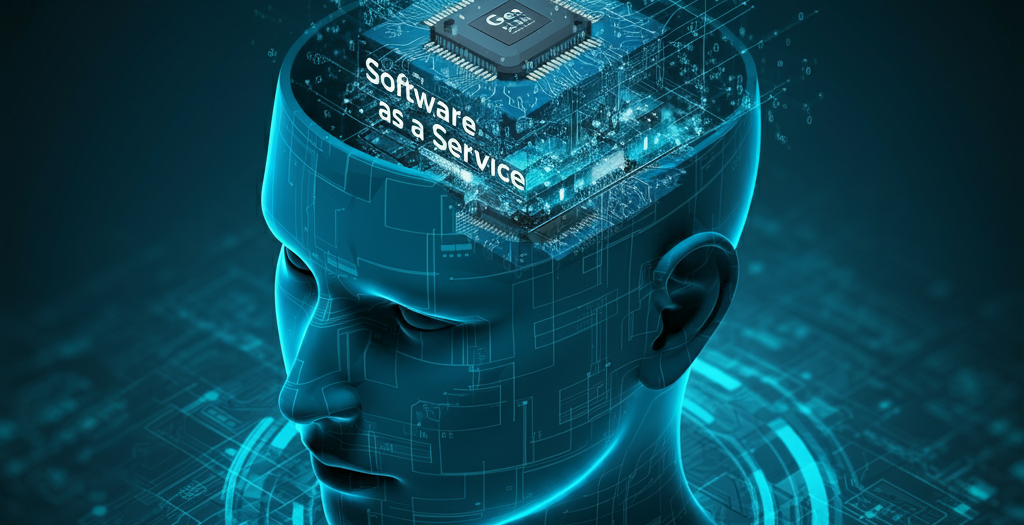The Fear of Uncontrolled AI
The specter of uncontrolled, super-intelligent AI looms large in discussions of AI ethics. While focusing on domain-specific AI mitigates the risk of AI “going off the rails,” it doesn’t eliminate the possibility of harmful AI altogether. Even within bounded systems, AI can still be used for nefarious purposes.
The Perils of Generative AI
Generative AI, with its capacity to create novel content and behaviors, presents a unique set of ethical challenges. Large language models, a prominent example of generative AI, demonstrate the potential for unforeseen consequences. However, the risks extend beyond just text generation.
Generative models, whether generating images, videos, or even code, operate based on statistical patterns learned from vast datasets. This inherent stochastic nature can lead to unexpected and potentially harmful outputs, especially when these models interact with and control real-world systems.
Consider a generative AI model deployed in a robotic arm used in manufacturing. Despite being trained on countless examples of safe and efficient movements, the model could encounter an unforeseen scenario, leading to an unexpected and potentially dangerous motion. Similarly, a generative AI model used in drug discovery could, based on complex chemical patterns, propose a novel compound with unforeseen toxic side effects.
Unbounded Risks and Unintended Consequences
The danger lies in the potential for generative models to create outputs based on statistical correlations and optimizations that, while valid within the context of their training data, may lead to unintended consequences when exposed to novel or adversarial inputs. The absence of a strict framework, boundaries, and constraints can amplify these risks, allowing the model to venture into uncharted territory, generating outputs with far-reaching and potentially devastating implications.

AI Safety and Existing Ethical Frameworks
The concern of AI safety is not entirely novel; it echoes the long-standing challenge of ensuring ethical practices in product design and engineering. The creation of harmful products or technologies is not exclusive to AI. The key lies in applying existing ethical frameworks and standards to the development and deployment of AI systems.
Maintaining Control through Bounded Systems
The danger of AI exceeding human control arises when it becomes overly generalized and powerful. By adopting a systems approach to AI design, with strict boundary conditions and constraints, we can retain control over its capabilities and impact.
Domain Specificity: A Safeguard Against Ethical Overreach
Domain-specific AI, by its very nature, limits the scope of potential harm. A specialized AI model, trained on a specific dataset and designed for a specific task, is less likely to act beyond its intended purpose or acquire capabilities that could lead to ethical breaches.
Navigating Ethical Boundaries
The fear of AI crossing ethical boundaries is valid. However, by adhering to a domain-specific approach, we can ensure that ethical concerns remain within the realm of familiar frameworks and standards. This allows us to leverage existing ethical guidelines and practices, instead of venturing into uncharted territory with potentially catastrophic consequences.

Why This Matters
Ensuring the ethical development and deployment of AI is an ongoing challenge. By prioritizing domain-specific AI, maintaining strict boundary conditions, and applying existing ethical frameworks, we can navigate the complexities of AI development without succumbing to the fear of uncontrolled superintelligence. Instead, we can harness the power of AI for good, while keeping ethical considerations firmly within our grasp.

Aileen
GenAI Evangelist @ Technicity





